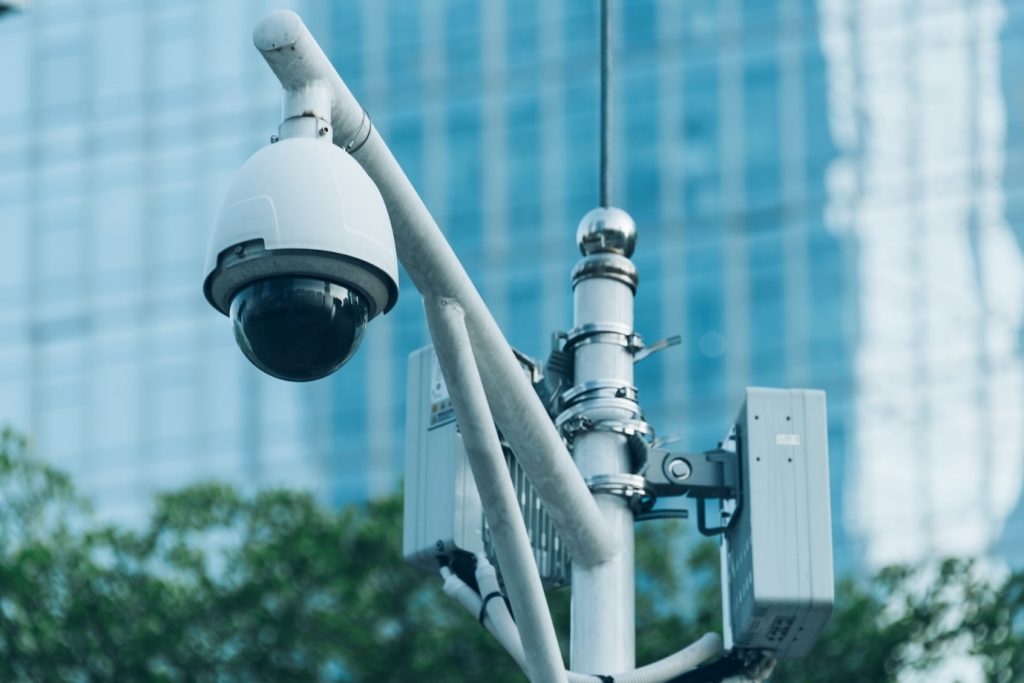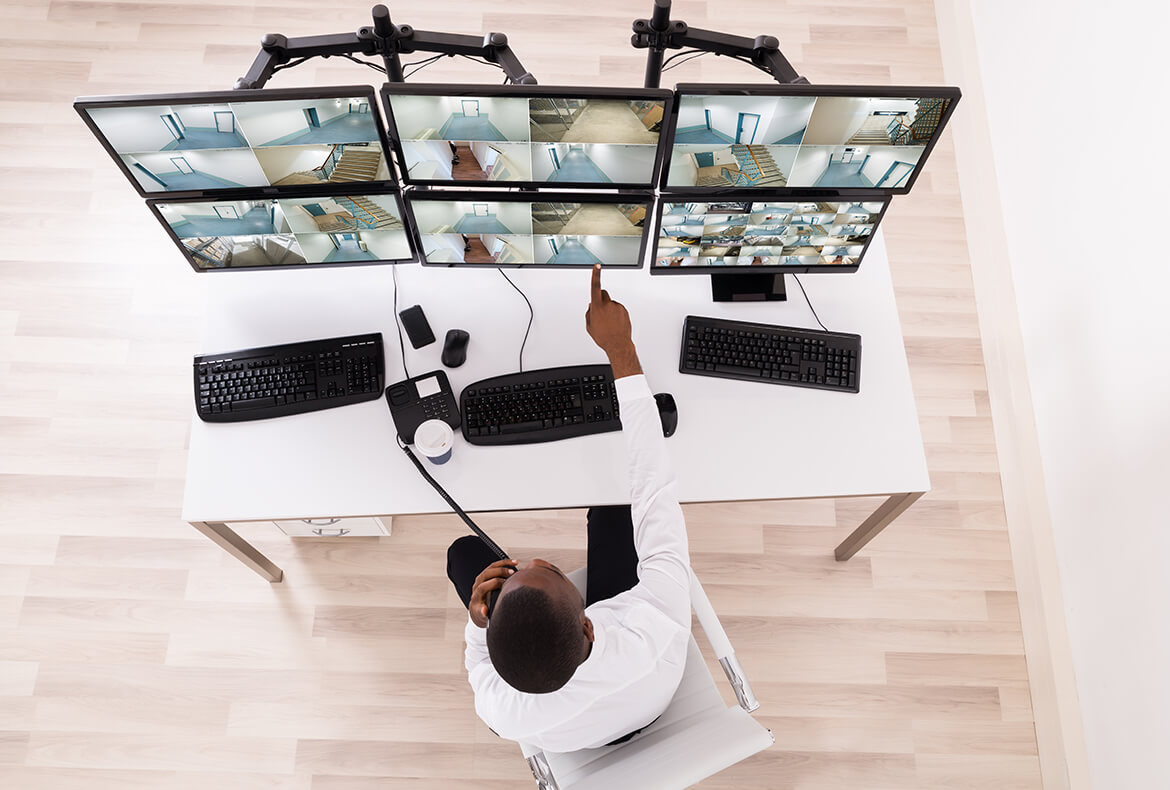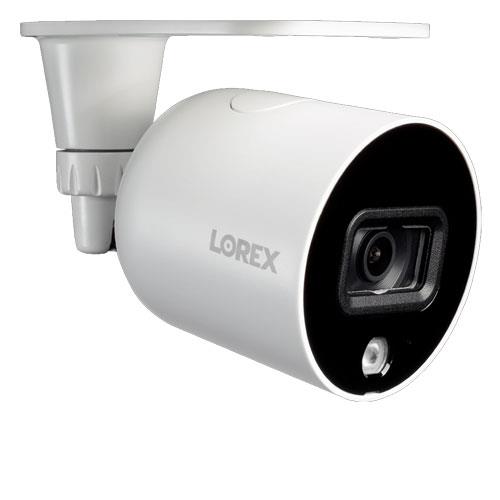The Rise of Video Surveillance in Canadian Businesses: Benefits, Concerns and Compliance

Security Camera installation – Video surveillance by businesses in Canada has been increasing in recent years as a means of deterring crime and increasing security. Businesses of all sizes, from small retail stores to large corporations, have been utilizing video surveillance technology to protect their assets and employees.
One of the main reasons for the increase in video surveillance by businesses in Canada is the rise in crime. According to Statistics Canada, the overall crime rate in Canada has been decreasing in recent years, but there has been an increase in certain types of crime such as theft and break and enters. Businesses, particularly those in urban areas, are at a higher risk of falling victim to these types of crime.
In addition to deterring crime, video surveillance is also used by businesses to increase security. For example, many businesses use video surveillance to monitor employees and customers to ensure that safety protocols are being followed. This can include things like monitoring the use of dangerous equipment or ensuring that customers are wearing appropriate personal protective equipment.
Another reason for the increase in video surveillance by businesses in Canada is the advancement in technology. With the development of new technologies, such as high-definition cameras and cloud-based storage, video surveillance has become more affordable and accessible to businesses of all sizes. This has made it possible for businesses to install and maintain video surveillance systems without incurring large costs.
Despite the benefits of video surveillance, there are also concerns about its use by businesses. One of the main concerns is the issue of privacy. In Canada, there are laws and regulations in place to protect the privacy of individuals. Businesses must ensure that they comply with these laws and regulations when installing and using video surveillance systems.
For example, the Personal Information Protection and Electronic Documents Act (PIPEDA) applies to all private sector organizations that collect, use, or disclose personal information in the course of commercial activities. This includes video surveillance footage that captures images of individuals. Businesses must obtain the consent of individuals before collecting their personal information and must inform individuals about the collection, use, and disclosure of their personal information.
Another concern is the potential misuse of video surveillance footage. Businesses must ensure that they have strict policies and procedures in place to govern the use of video surveillance footage. This includes ensuring that only authorized personnel have access to the footage and that it is not used for purposes other than those for which it was collected.
Despite these concerns, video surveillance by businesses in Canada is likely to continue to increase in the future. As technology continues to advance and the cost of video surveillance systems continues to decrease, more and more businesses will be able to afford to install and maintain these systems.
In conclusion, video surveillance by businesses in Canada is becoming increasingly popular as a means of deterring crime and increasing security. With the advancement of technology, video surveillance systems have become more affordable and accessible to businesses of all sizes. However, it is important for businesses to ensure that they comply with laws and regulations regarding privacy and the use of video surveillance footage. By properly using video surveillance technology, businesses can protect their assets and employees while also respecting the privacy of individuals.
Security Camera Installation

Do it yourself guide to Security Camera Installation
To install security cameras you will need to follow these steps:
- Decide on the type and number of cameras you need and where you want to place them.
- Purchase the cameras and any necessary equipment, such as mounting hardware and cables.
- Locate and mark the spots where you want to install the cameras.
- Drill holes and run cables from the cameras to the location where you want to store the video footage, such as a DVR or cloud storage.
- Mount the cameras and adjust the angle and focus to get the best view.
- Connect the cameras to the DVR or cloud storage and test the system to make sure it’s working properly.
It’s also important to be aware of any local laws or regulations regarding security cameras, such as privacy laws, and obtain necessary permits if required. Hiring a professional for security camera installation is also an option if you are not comfortable installing the cameras yourself
A Comprehensive Guide to Installing Security Cameras for Your Business: From Needs Assessment to Compliance
Installing security cameras for your business can be a great way to deter crime, increase security, and monitor the safety of your employees and customers. However, the process of installing security cameras can be daunting for those who are not familiar with the technology. This guide will provide a step-by-step overview of the process of installing security cameras for your business.
Step 1: Determine Your Needs
The first step in security camera installation is to determine your needs. Consider factors such as the size of your business, the type of property you have, and the areas that you want to monitor. You should also think about the level of security that you require, as well as any specific features that you may need, such as night vision or remote viewing capabilities.
Step 2: Choose the Right Cameras
Once you have determined your needs, you can then choose the right cameras for your business. There are a variety of different types of cameras available, including indoor and outdoor cameras, wired and wireless cameras, and cameras with different resolution and field of view options. Make sure to choose cameras that are appropriate for the environment they will be placed in and the level of security you are looking to achieve. This is very important step in security camera installation, as choosing the wrong type of cameras can be very costly expenditure.
Step 3: Purchase the Equipment
Third step in security camera installation is to purchase the necessary equipment. This may include mounting hardware, cables, and a digital video recorder (DVR) or cloud storage solution. Make sure to purchase high-quality equipment that is compatible with your cameras and will provide the level of security that you need.
Step 4: Install the Cameras
Once you have all the equipment, you can then proceed to security camera installation. Begin by locating and marking the spots where you want to install the cameras. Then, drill holes and run cables from the cameras to the location where you will store the video footage. Finally, mount the cameras and adjust the angle and focus to get the best view.
Step 5: Connect the Cameras to the Recording Device
The final step in security camera installation is to connect the cameras to the recording device, such as a DVR or cloud storage solution. This will allow you to store and view the video footage. Make sure to test the system to ensure that it is working properly and that all the cameras are connected and recording properly.
Security camera installation for your business can be a great way to deter crime, increase security, and monitor the safety of your employees and customers. However, it’s important to be aware of any local laws or regulations regarding security cameras, such as privacy laws, and obtain necessary permits if required. It’s also important to ensure that you have strict policies and procedures in place to govern the use of video surveillance footage.
In conclusion, the process of security camera installation for your business can be daunting but with the right guidance and preparation, it can be done easily. By following the steps outlined in this guide, you can ensure that your business has the level of security that it needs. Additionally, make sure to comply with laws and regulations regarding privacy, and have strict policies and procedures in place for the use of video surveillance footage.



